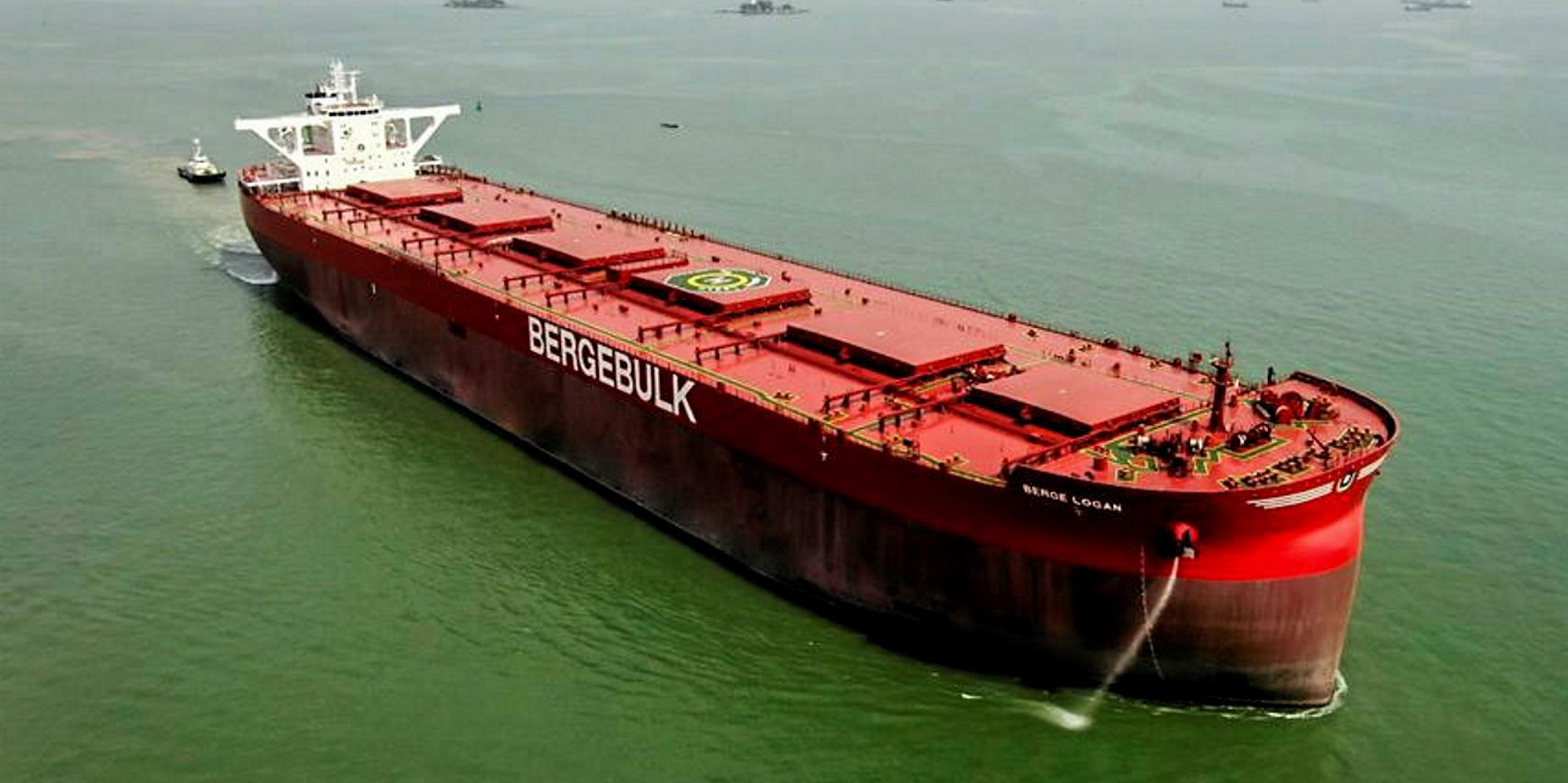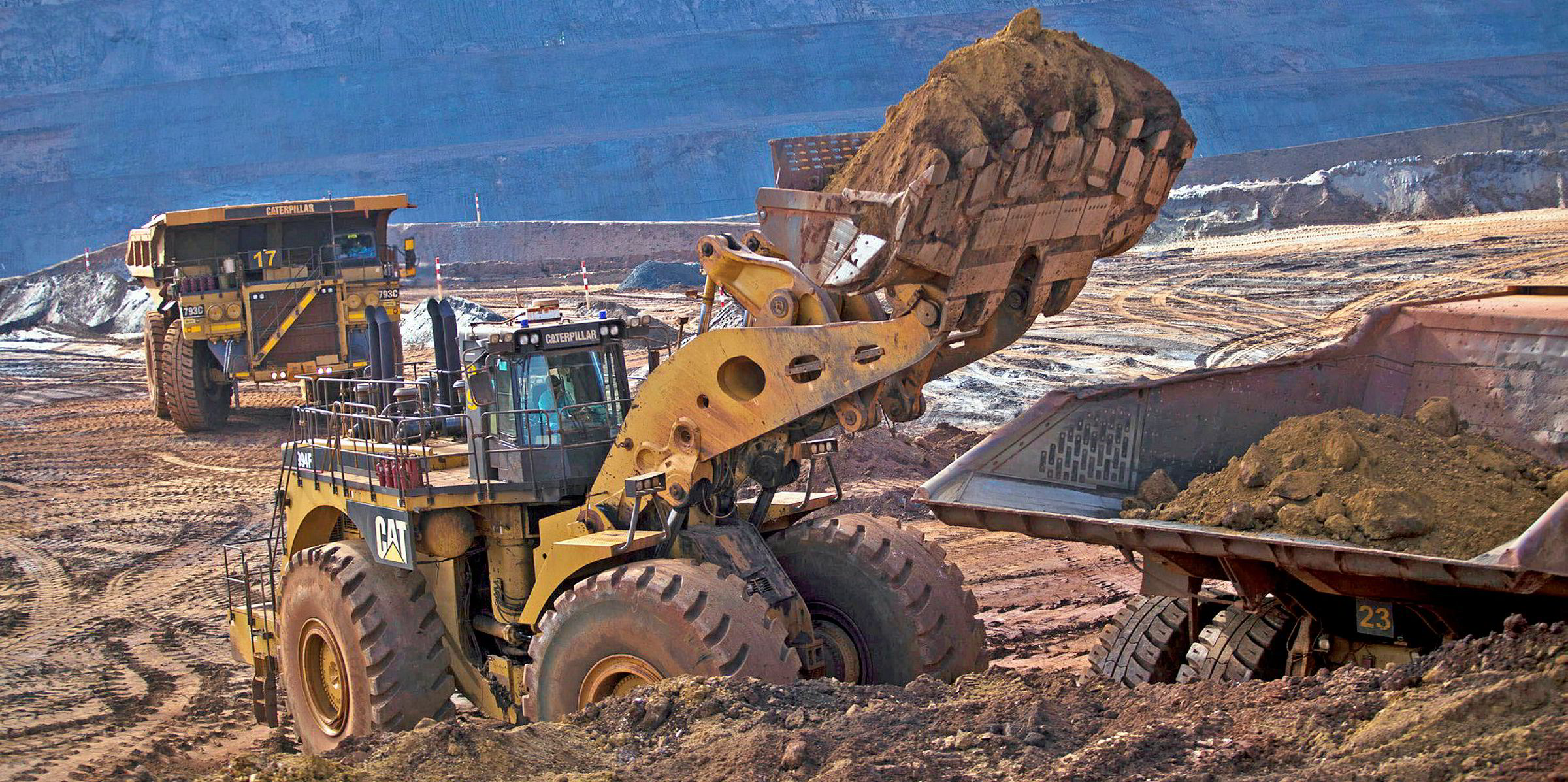Capesize freight rates have fallen back to earth and this week were trading at $20,000 per day — around half their 10-year peak some two months ago.
Now the concern is that falling iron ore imports in November and December might put these rates under greater pressure.
Much depends on what happens to Chinese steel production. There are a number of signs this may have peaked, as it dropped by 1m tonnes, or 1.2%, in October year on year, according to Bimco. This is the first year-on-year decline since December 2017.
Bulker operator Golden Ocean also reported a contraction in steel production in China and the rest of the world — ending about three years of consistent growth.
“It is difficult to maintain a 10% year-over-year growth for many years in a row, but steel production is still consumed, and we see dropping steel stockpiles in China,” outgoing Golden Ocean Management chief executive Birgitte Ringstad Vartdal said.
And, she added, a significant drawdown of iron ore stockpiles was “likely to lead to continued growth of iron ore imports”.
Temporary fall
A temporary reduction in production is expected over winter due to some mills closing to cut pollution.
The effects are already being felt this year, according to Maritime Strategies International, which expects production to drop further as more Chinese provinces introduce restrictions.
In contrast, Capesize rates surged in September on the back of Brazilian iron ore exports.
This helped push dry cargo volumes to record levels, taking the Baltic Dry Index to its highest level since 2010.
Capesize rates peaked on 4 September at $38,012 per day — their highest level for a decade — before dropping to about $20,515 per day on 22 November, according to the Baltic Exchange Capesize Index.
The prognosis for next year is uninspiring for owners, with forward freight agreements trading at about $13,500 per day for the first half of 2020.
This may reflect concerns that the dynamics that once drove the dry bulk market are changing.
“In the past, increasing Chinese steel production drove up iron ore imports, in turn contributing to demand for dry bulk shipping,” Bimco said.
“However, Chinese steel mills are increasingly substituting iron ore with domestic scrap steel, negatively impacting the demand for capesize transportation.”
While the Chinese mills are producing record-breaking amounts of crude steel, the growth rates for iron ore imports have remained in negative territory for the past 20 months, it added.
China imported 877m tonnes of iron ore during the first 10 months of 2019. While this figure is “impressive”, it is still down 1.6% in accumulated volumes year on year.
“A slowdown of Chinese iron ore imports will surely negatively affect the capesize segment,” it said.
Brave face
Those concerns are proving of little concern to representatives of publicly listed dry bulk companies, which are basking in the highest quarterly import volumes ever recorded for iron ore.
There is an awareness that exports from Brazil are faltering after spiking earlier this year, with a decline in the fourth quarter.
“It seems like they're struggling a bit with their production system and there has been a lot of rain in Brazil this late autumn,” Vartdal said.
However, Brazil intends to increase production by about 30% between 2020 and 2021, she added.
Other major capesize operators believe the dry market will benefit from a decrease in ship supply in the run up to IMO 2020.
GoodBulk expects ongoing scrubber retrofitting programmes will continue to absorb vessels, keep fleet supply in check and soften the blow of a seasonal reduction in fourth-quarter cargo volumes.
“From now through March 2020, there are approximately 175 capesizes to be retrofitted with scrubbers, which will continue to put downward pressure on fleet supply,” it said.







